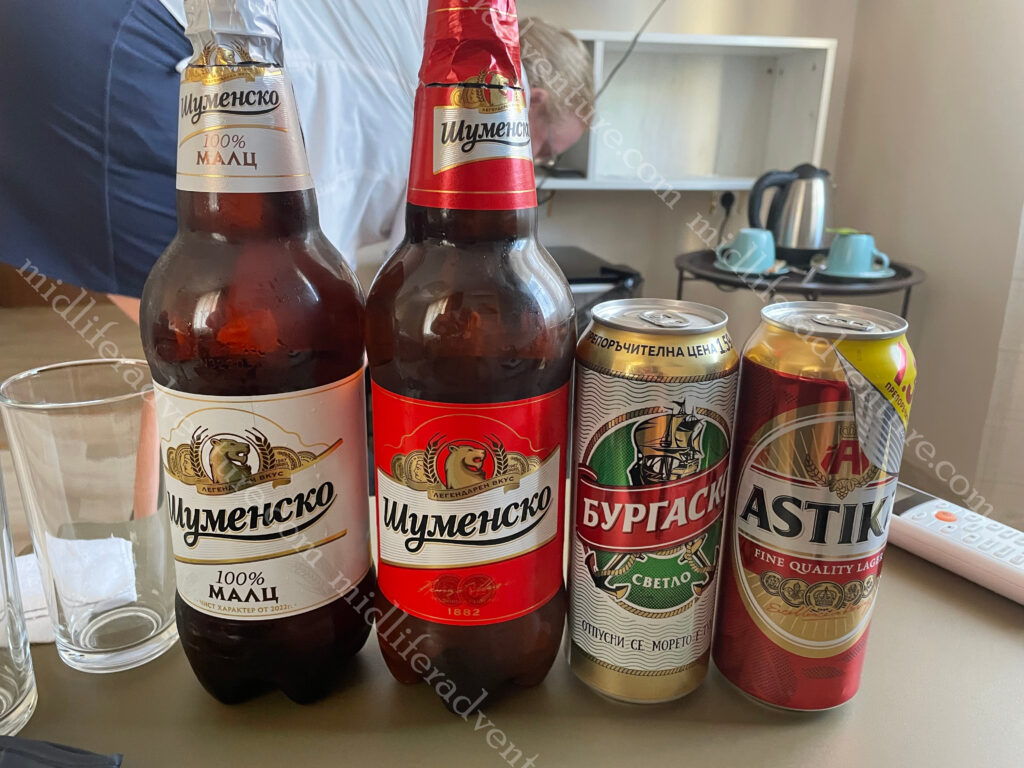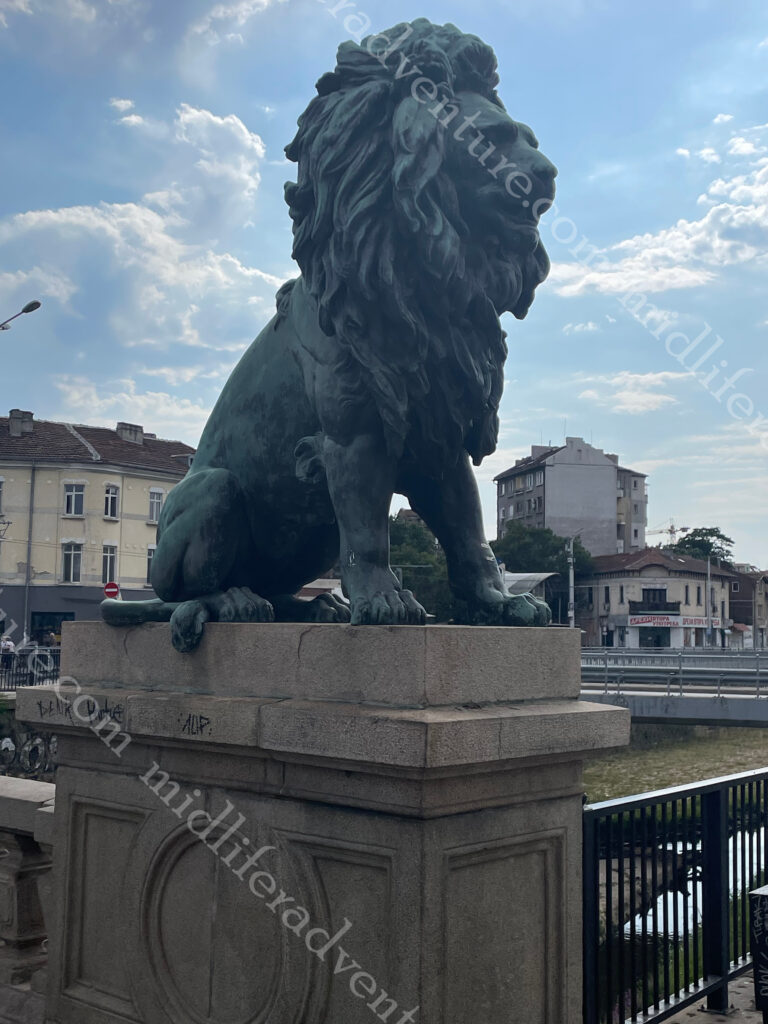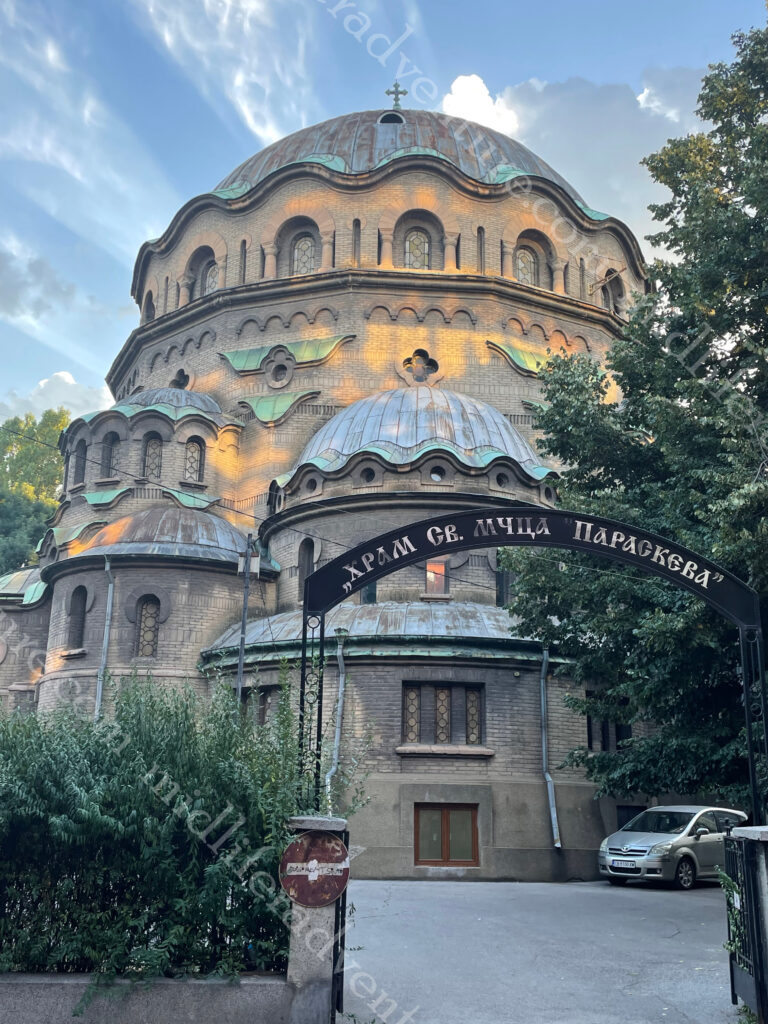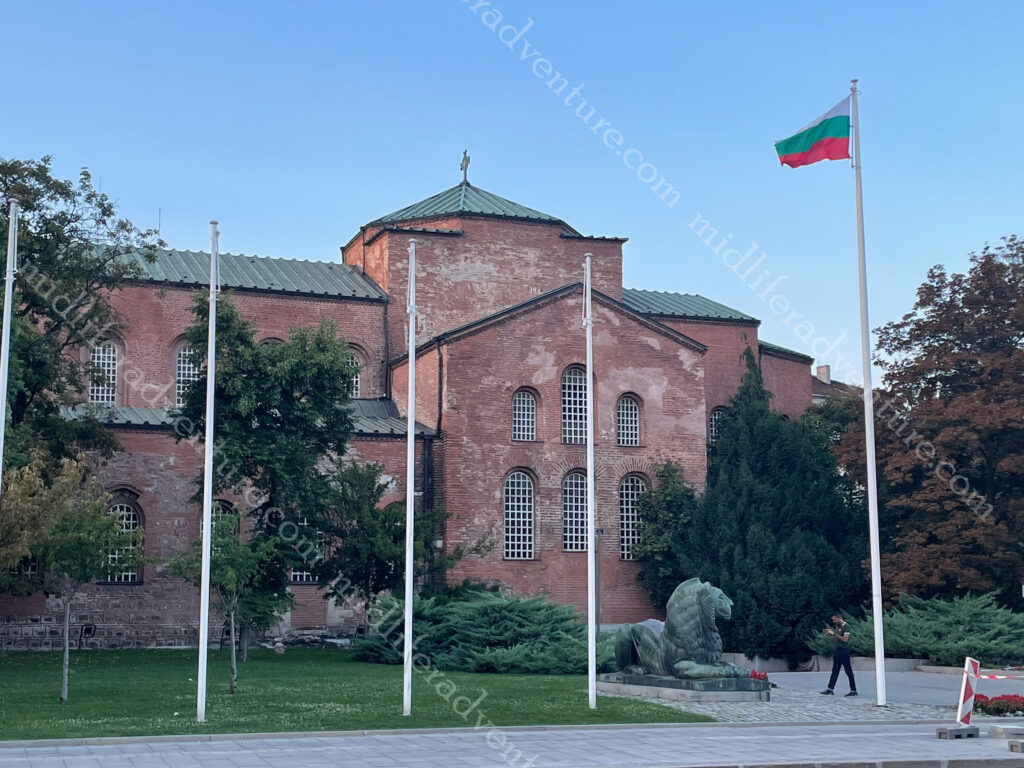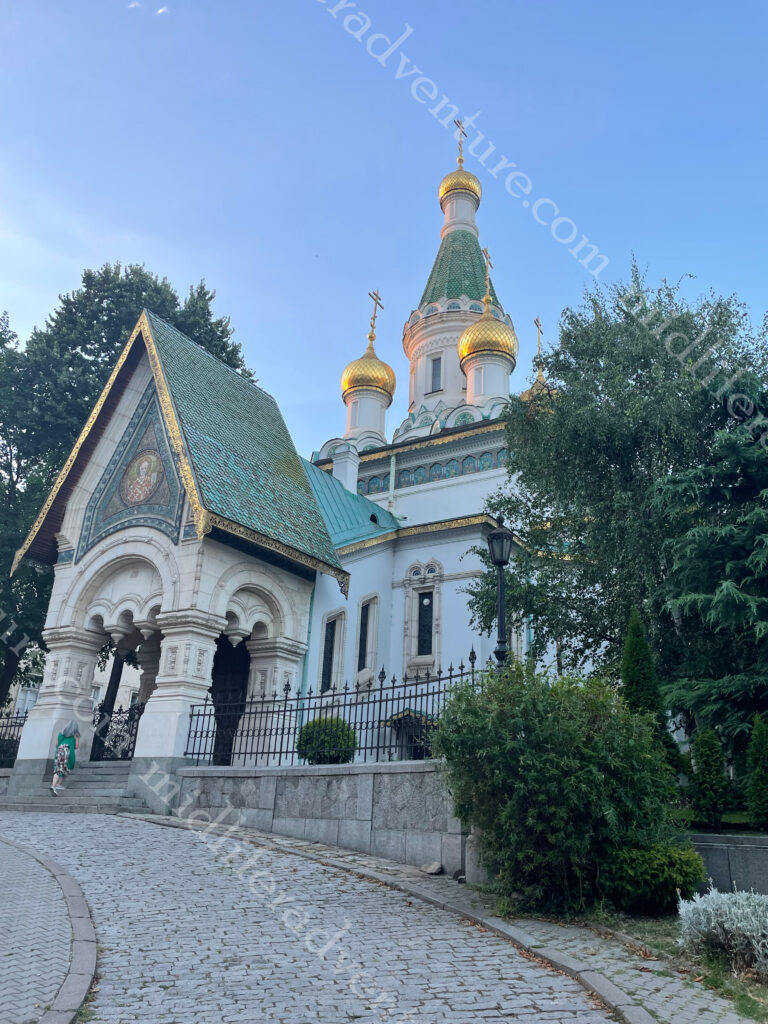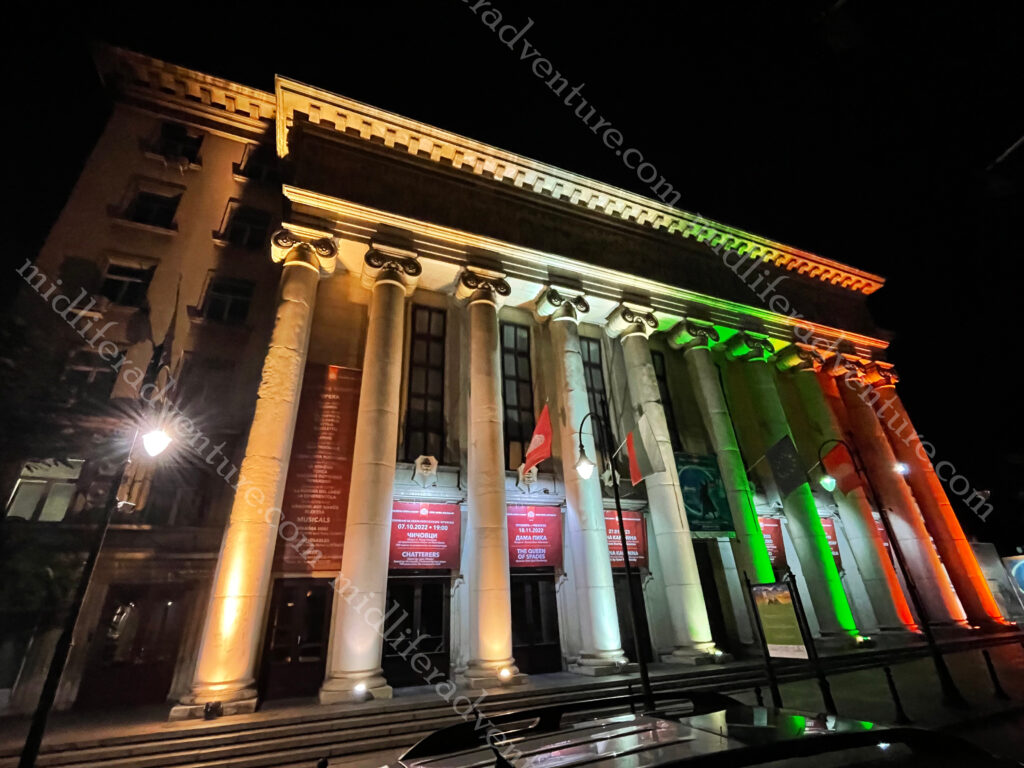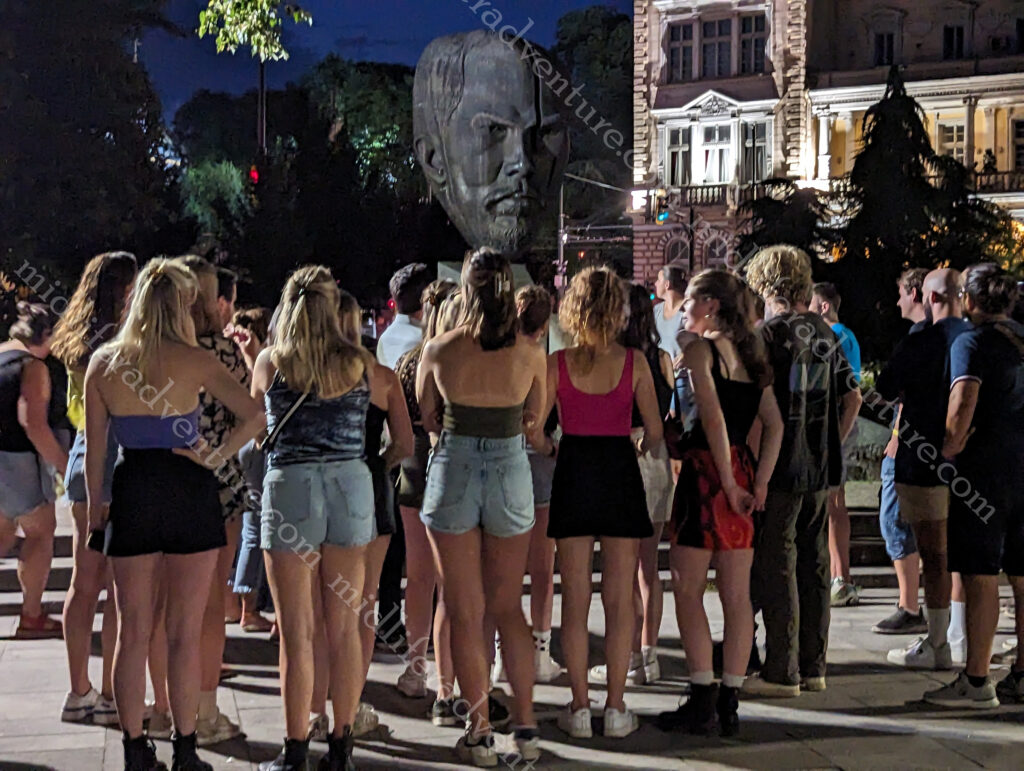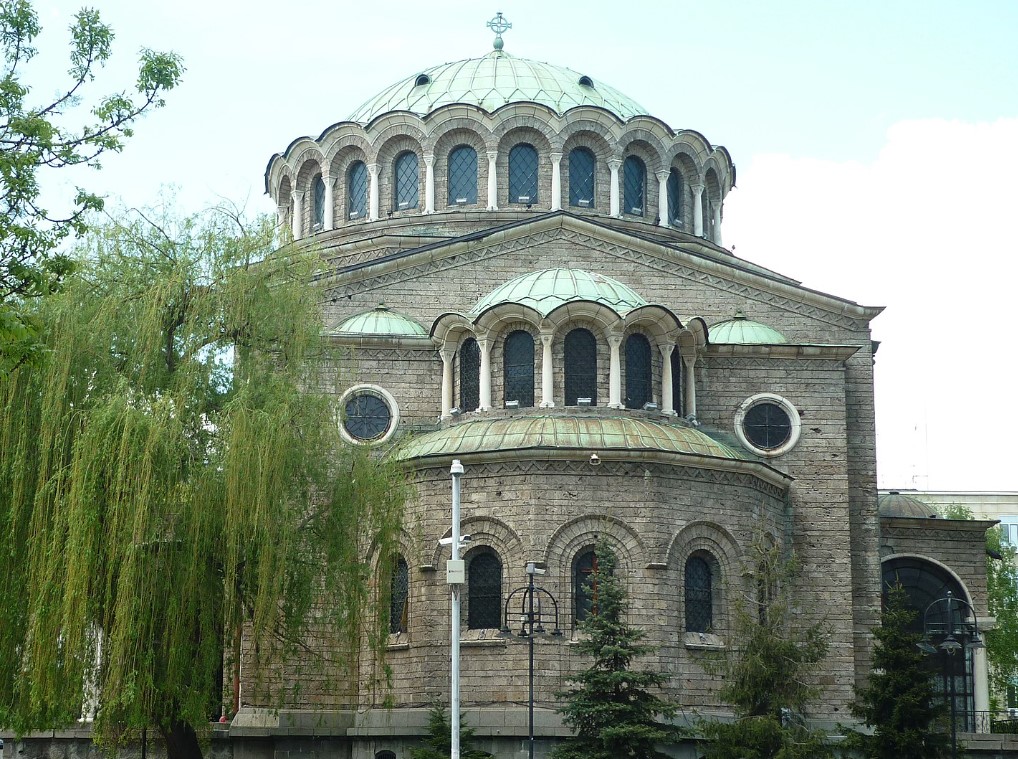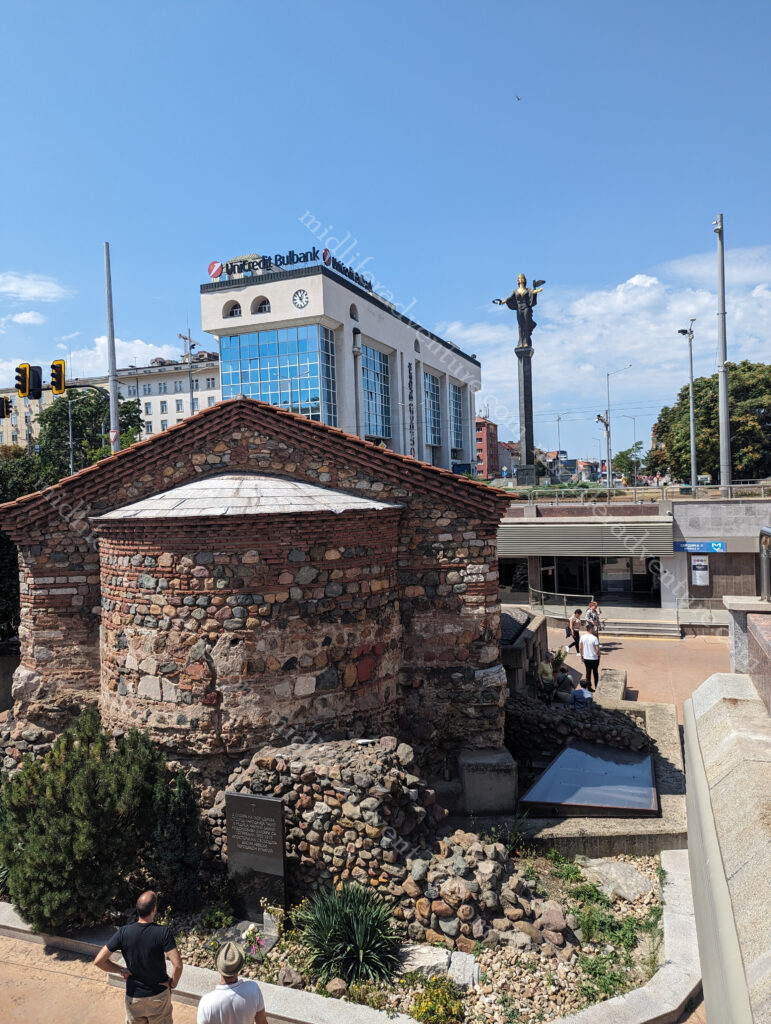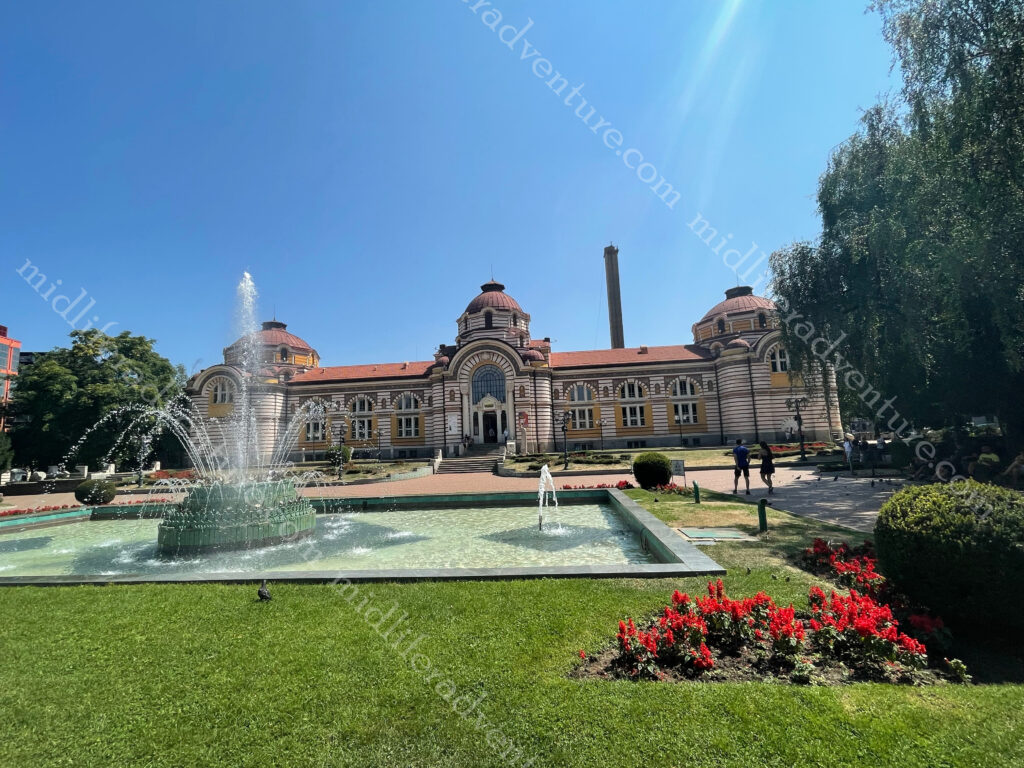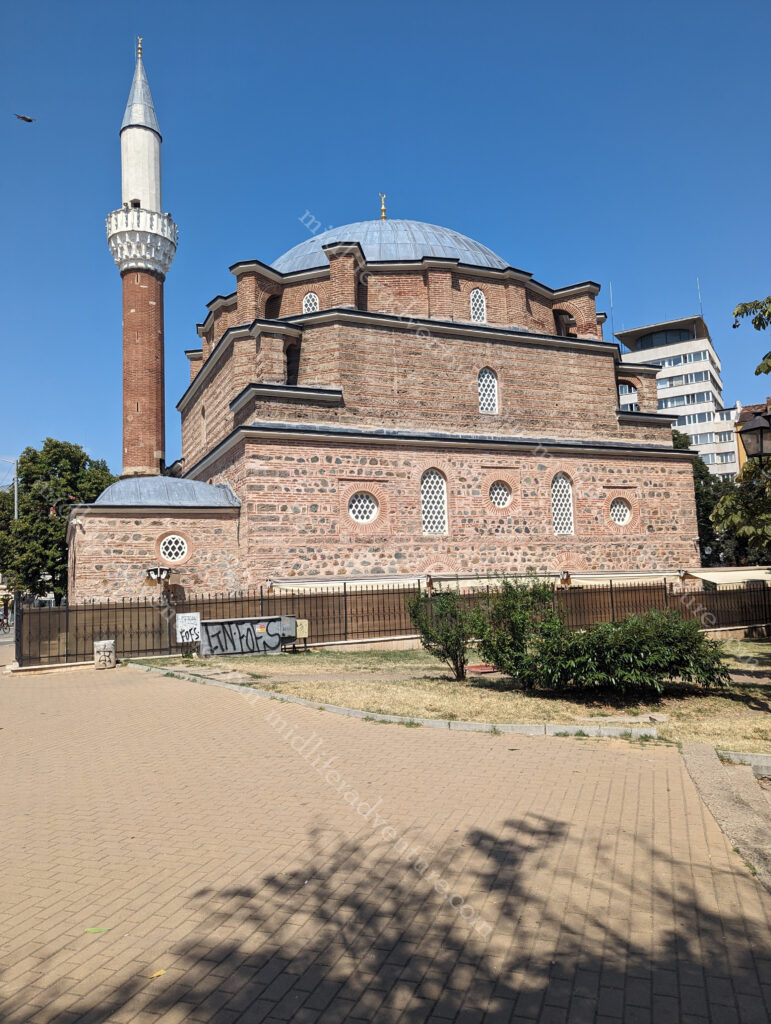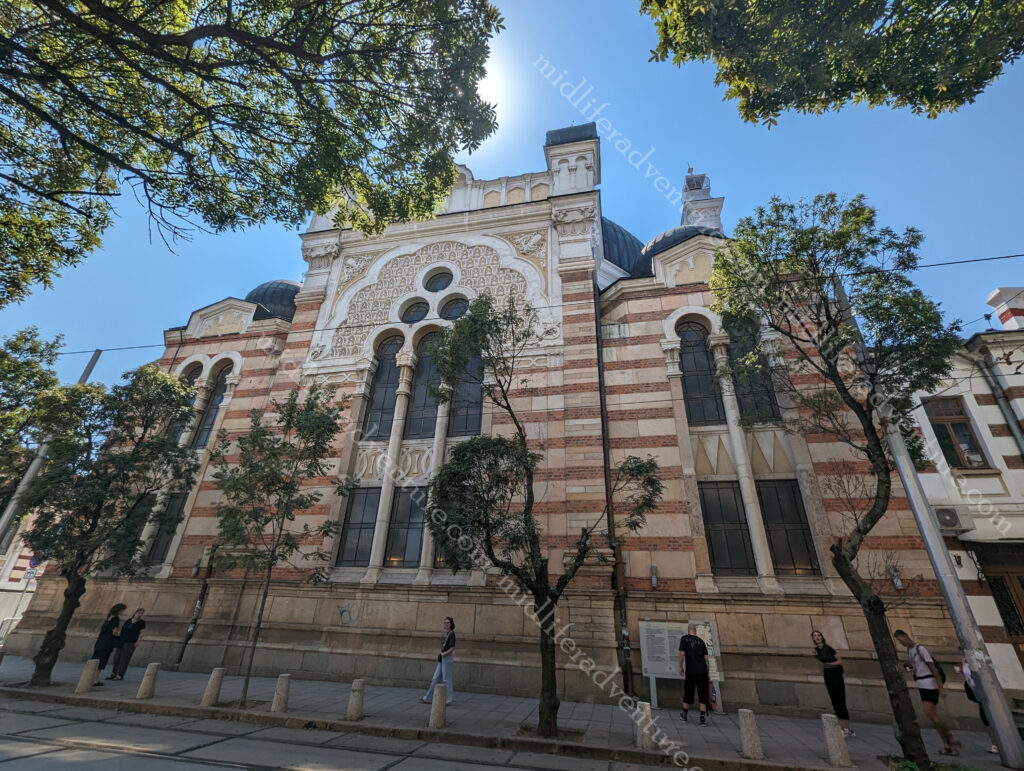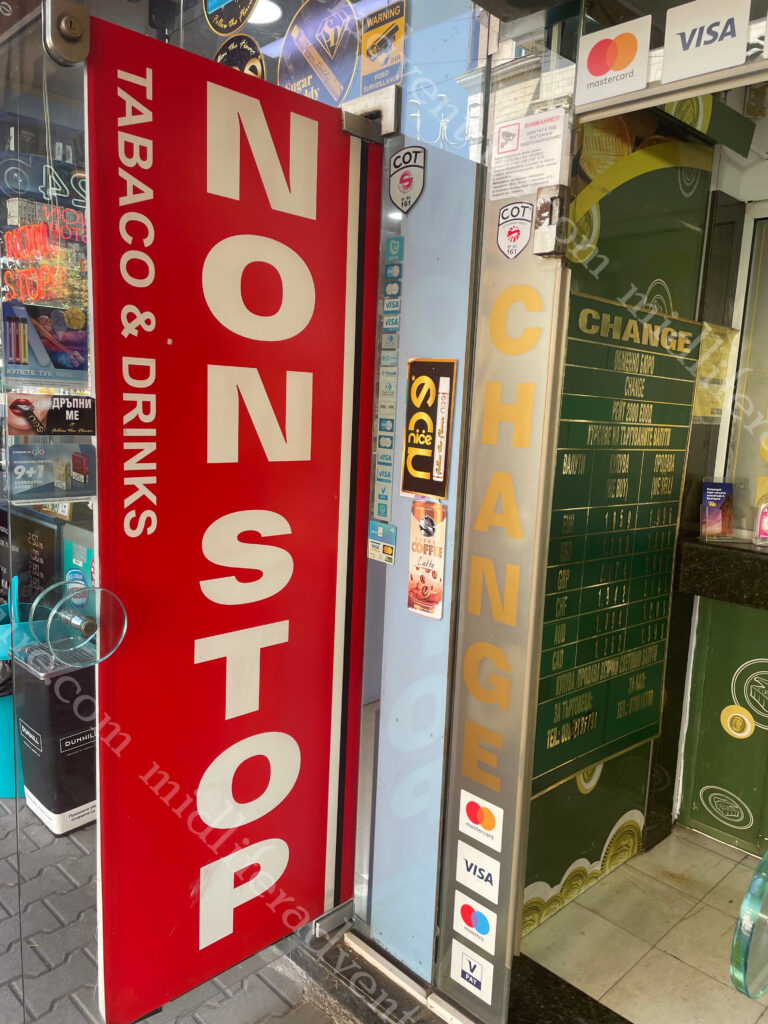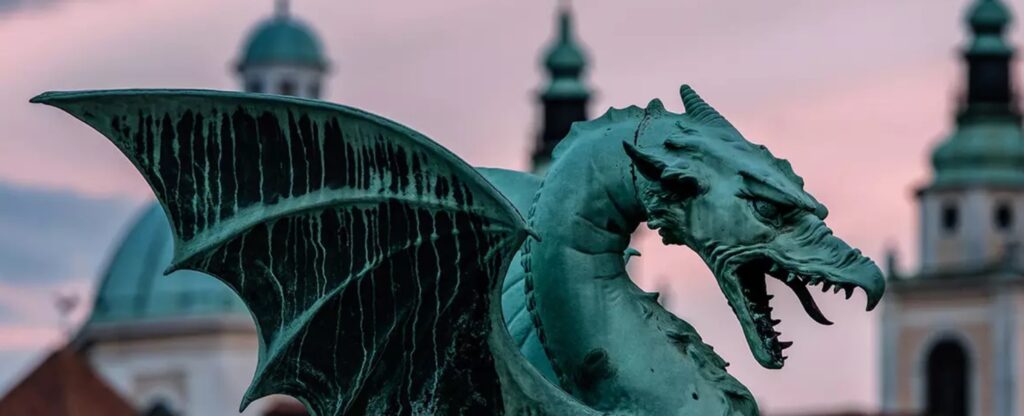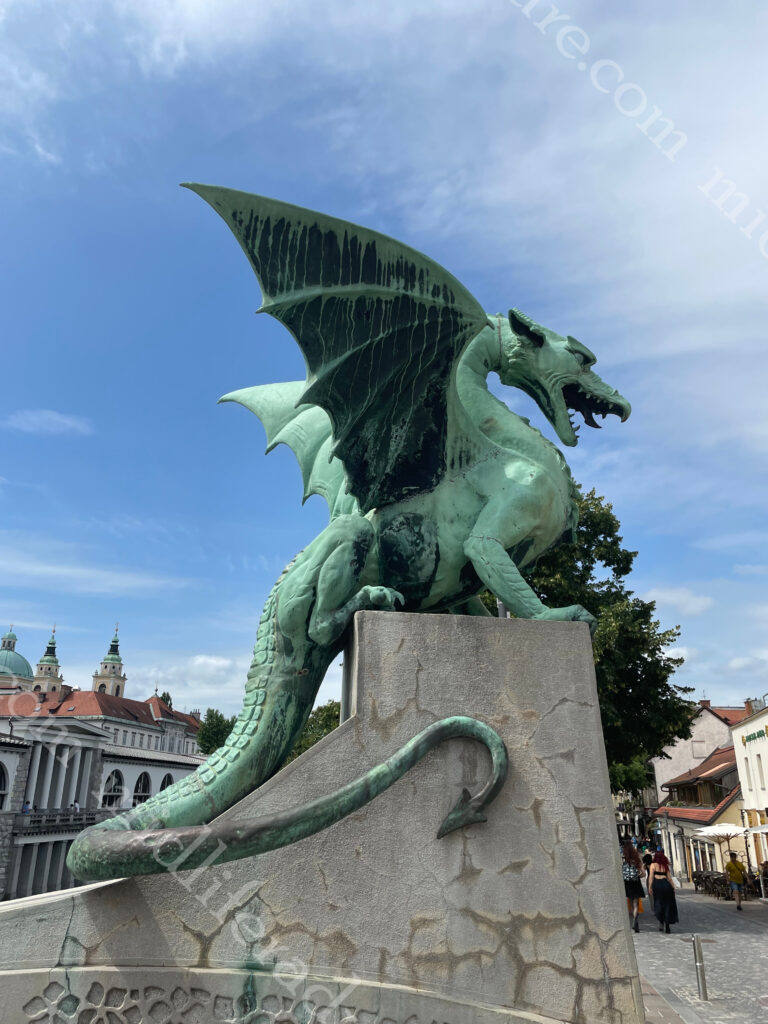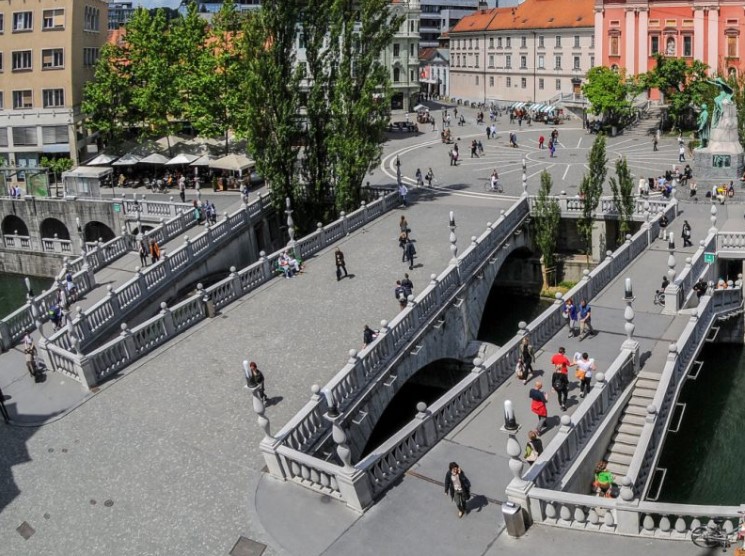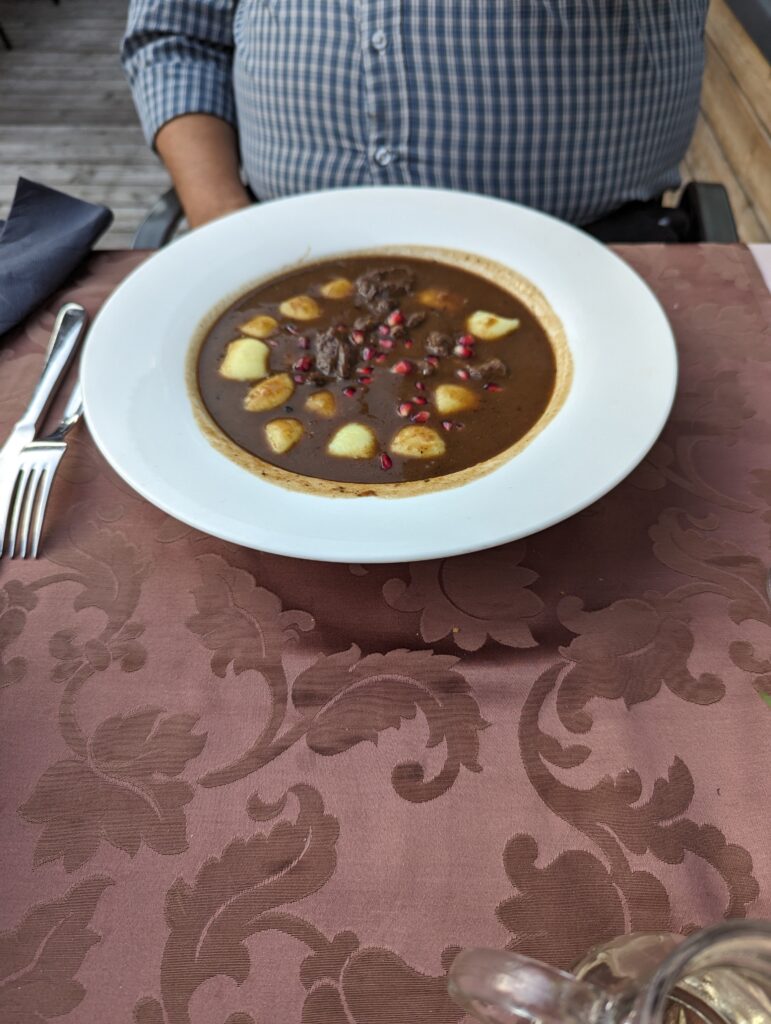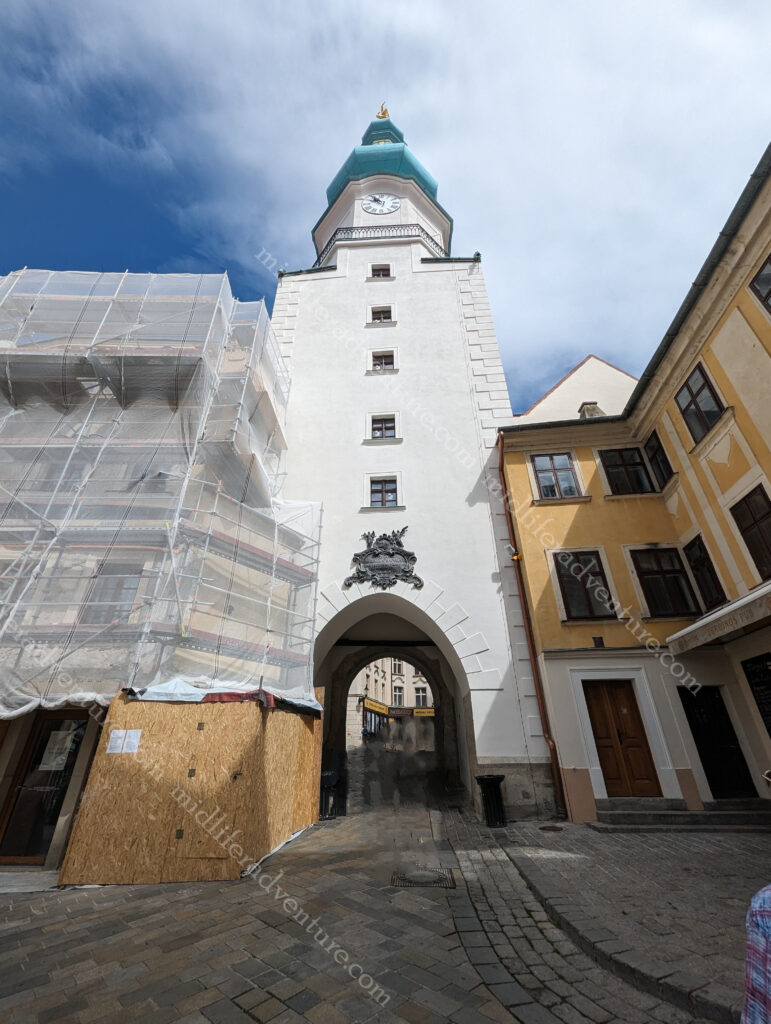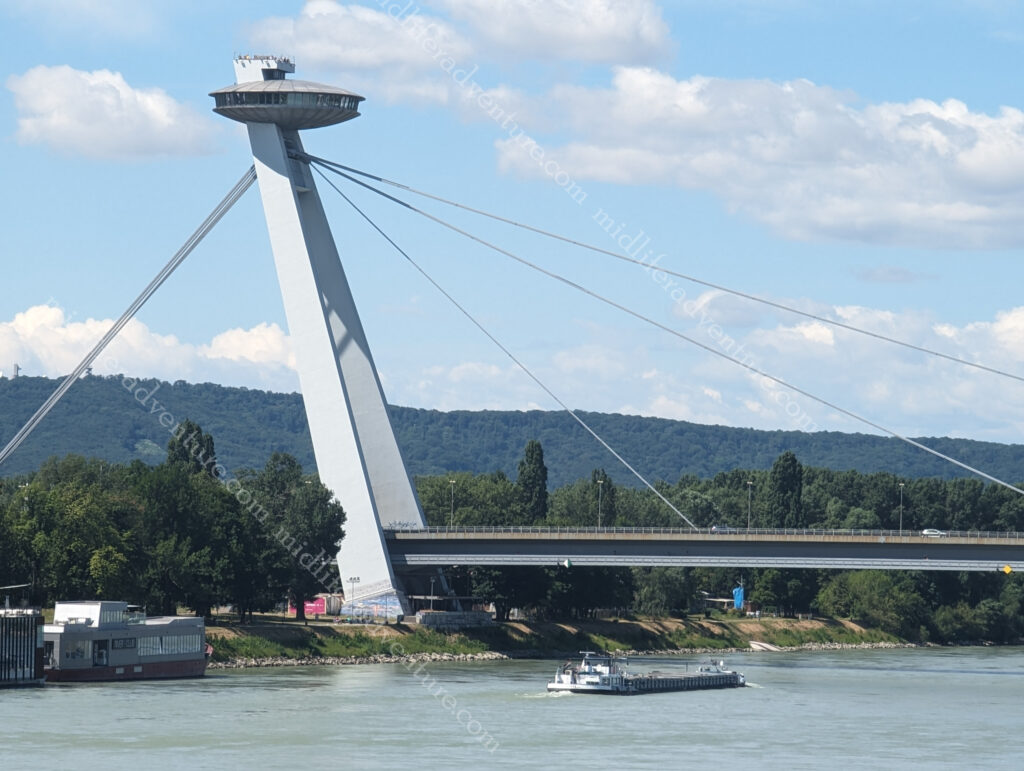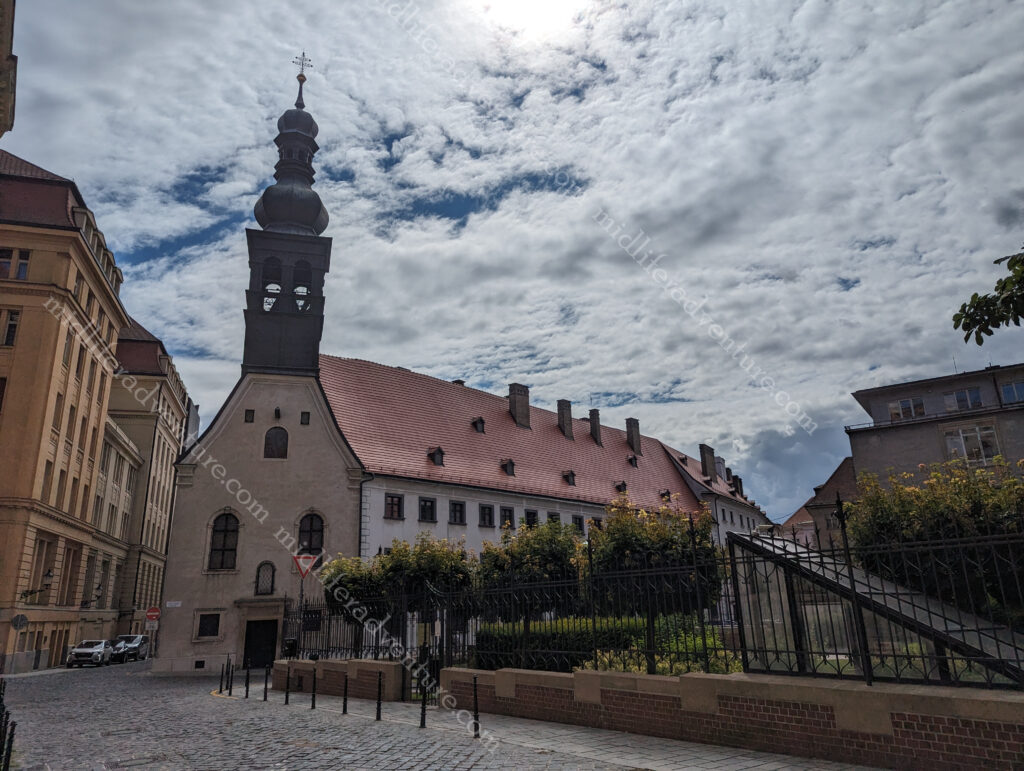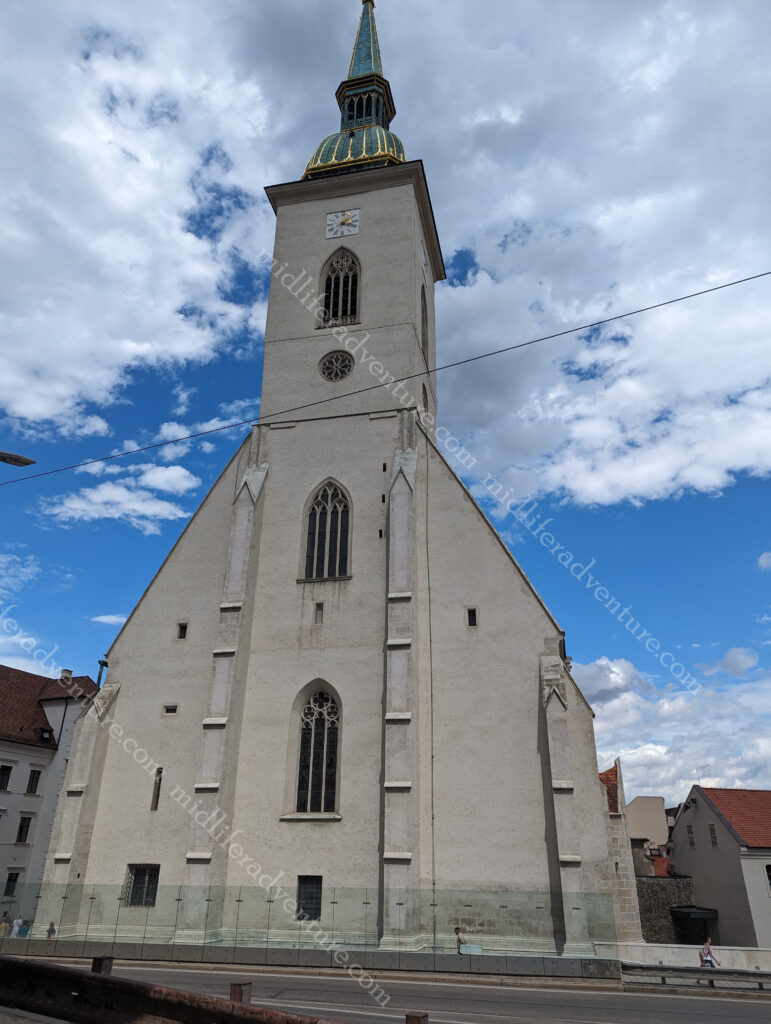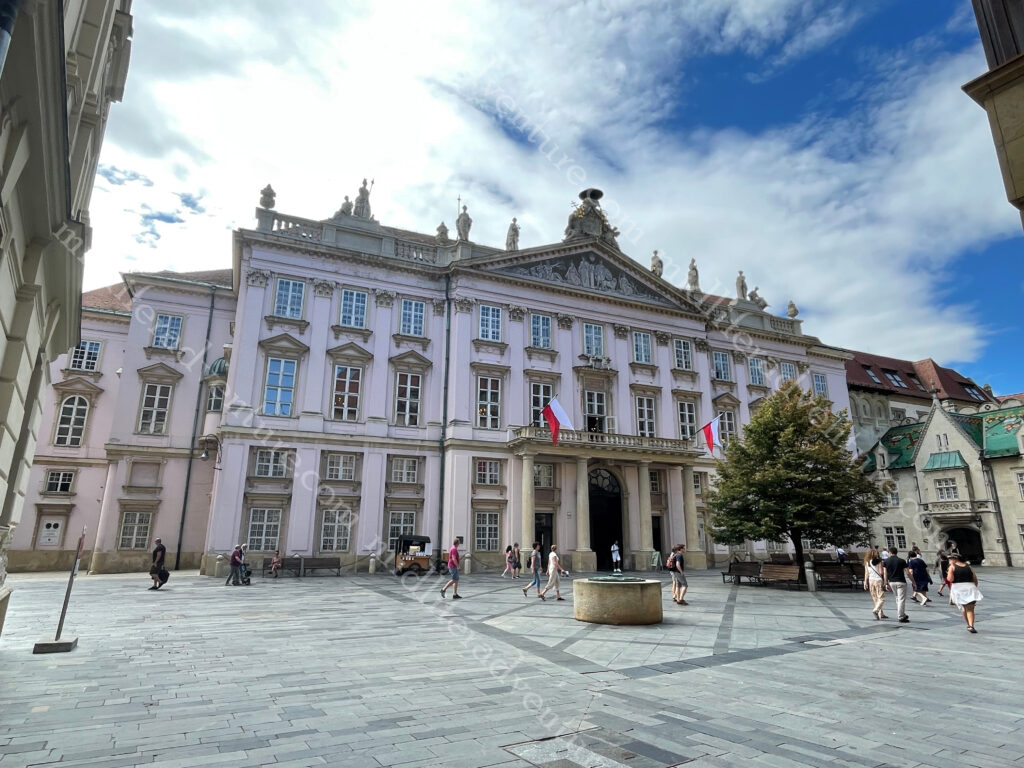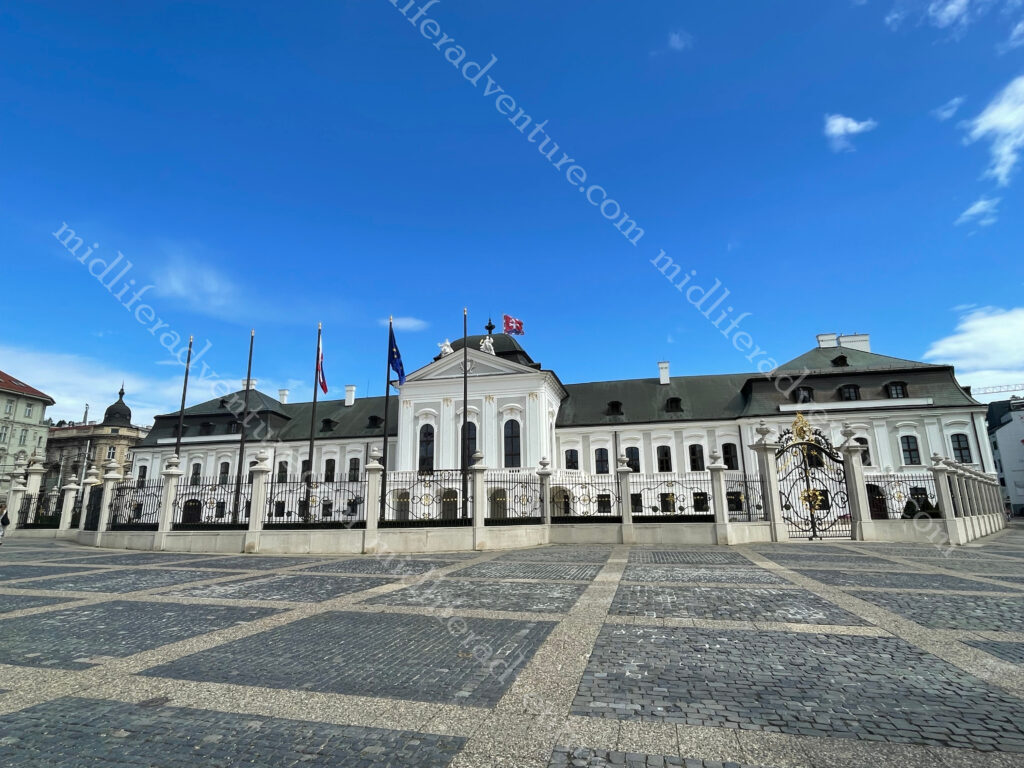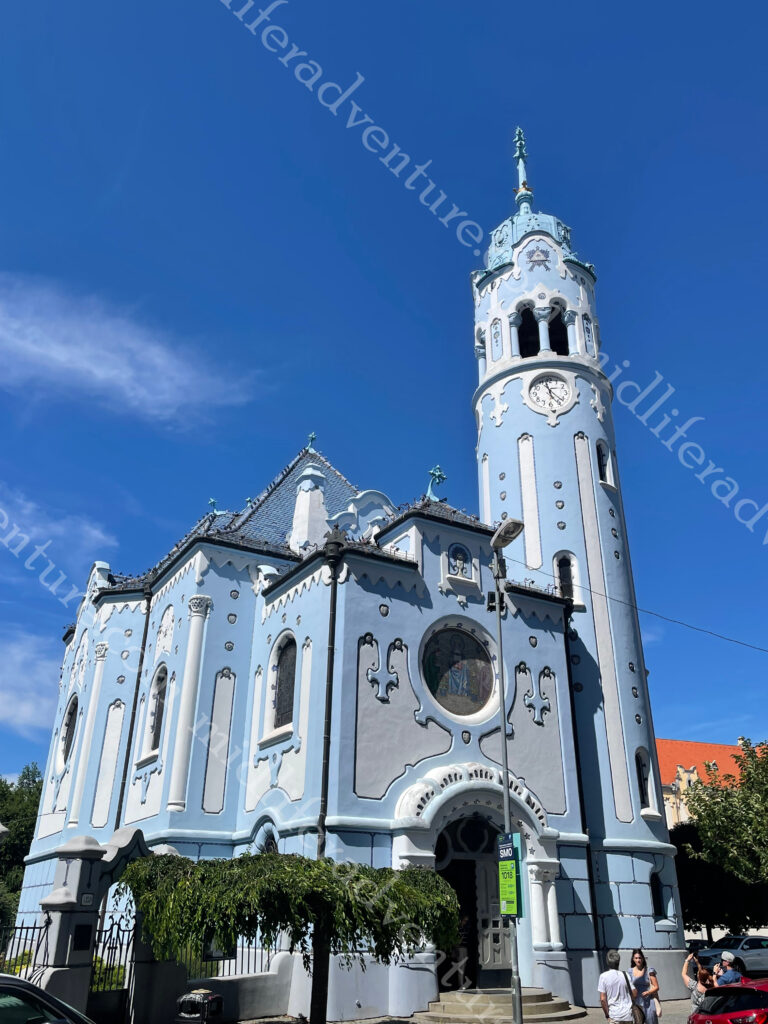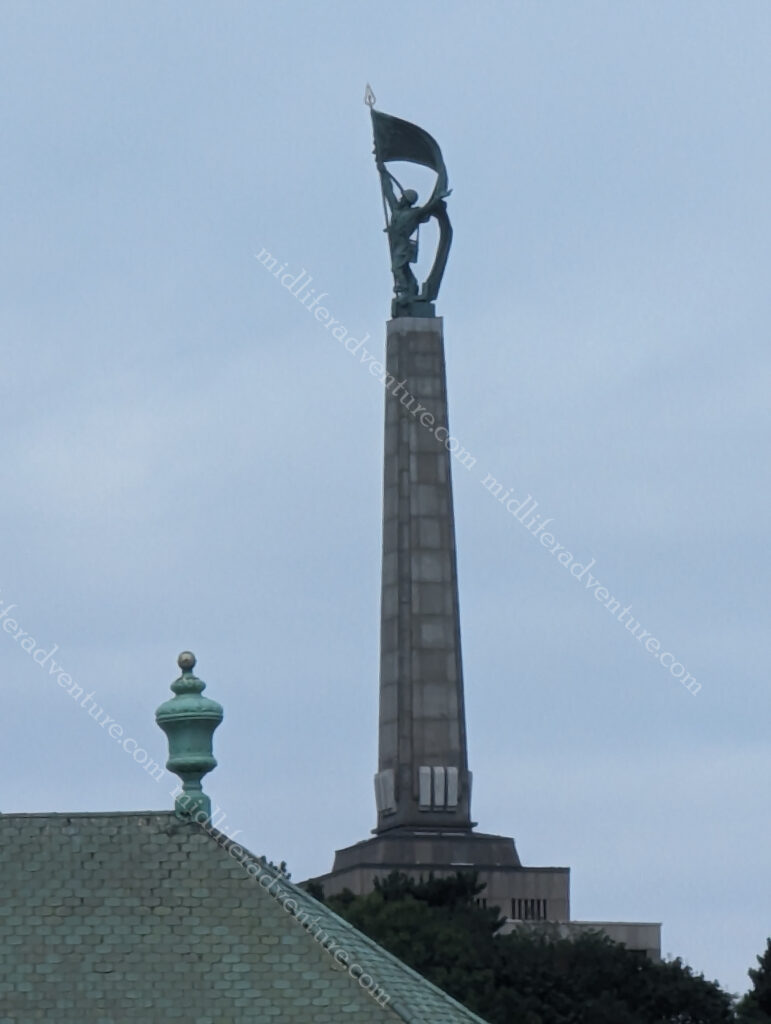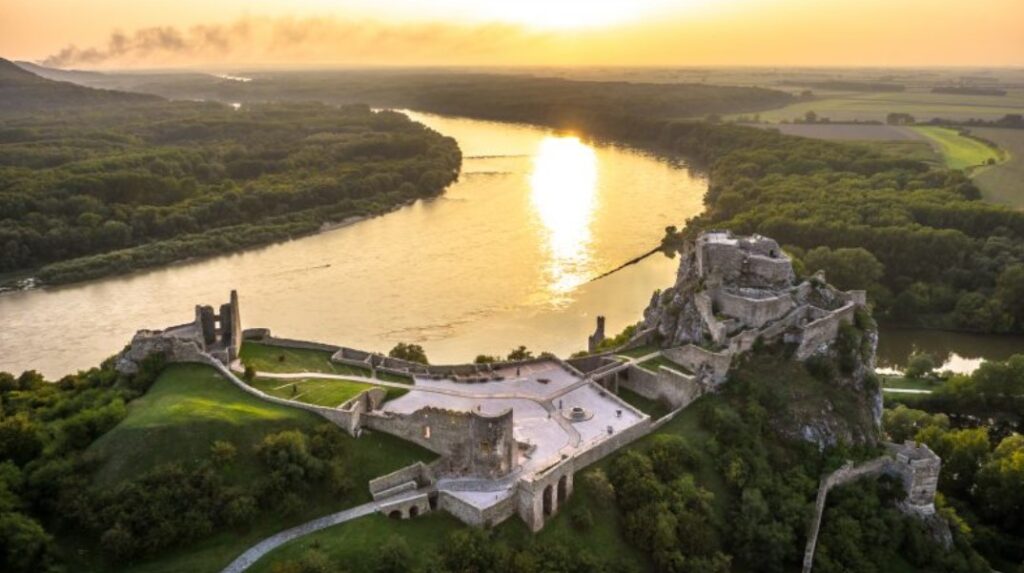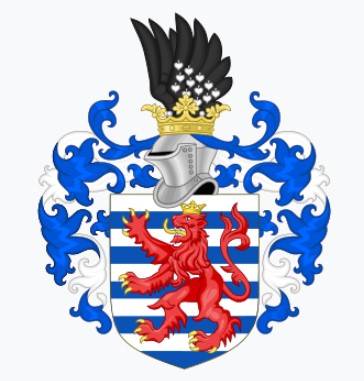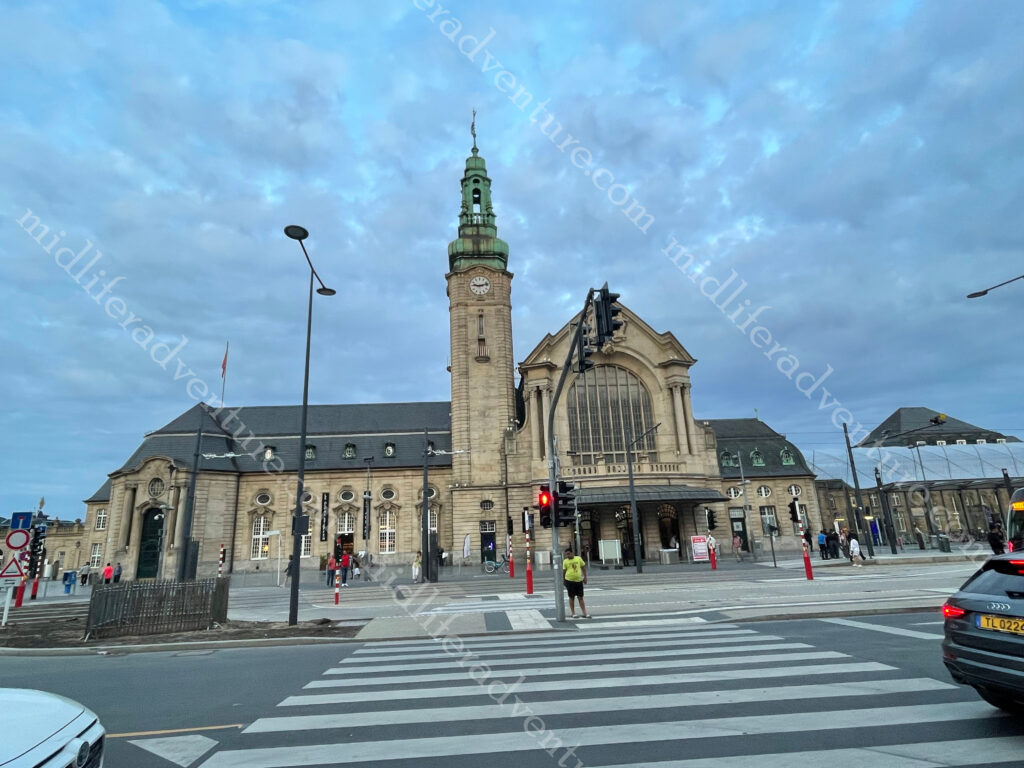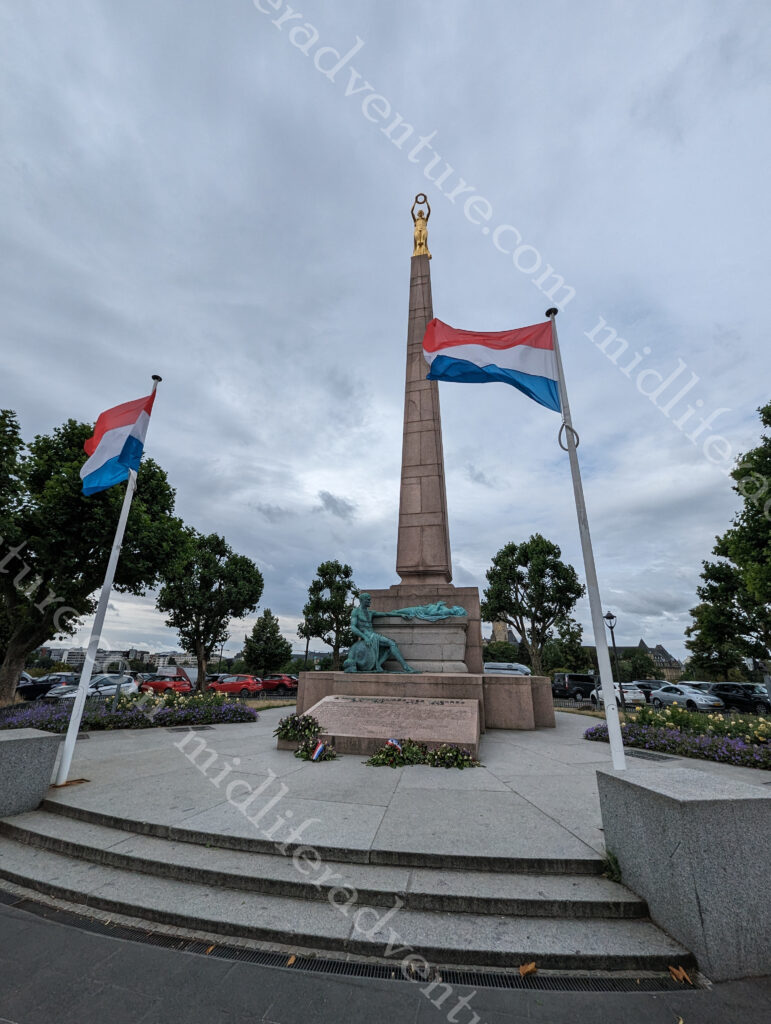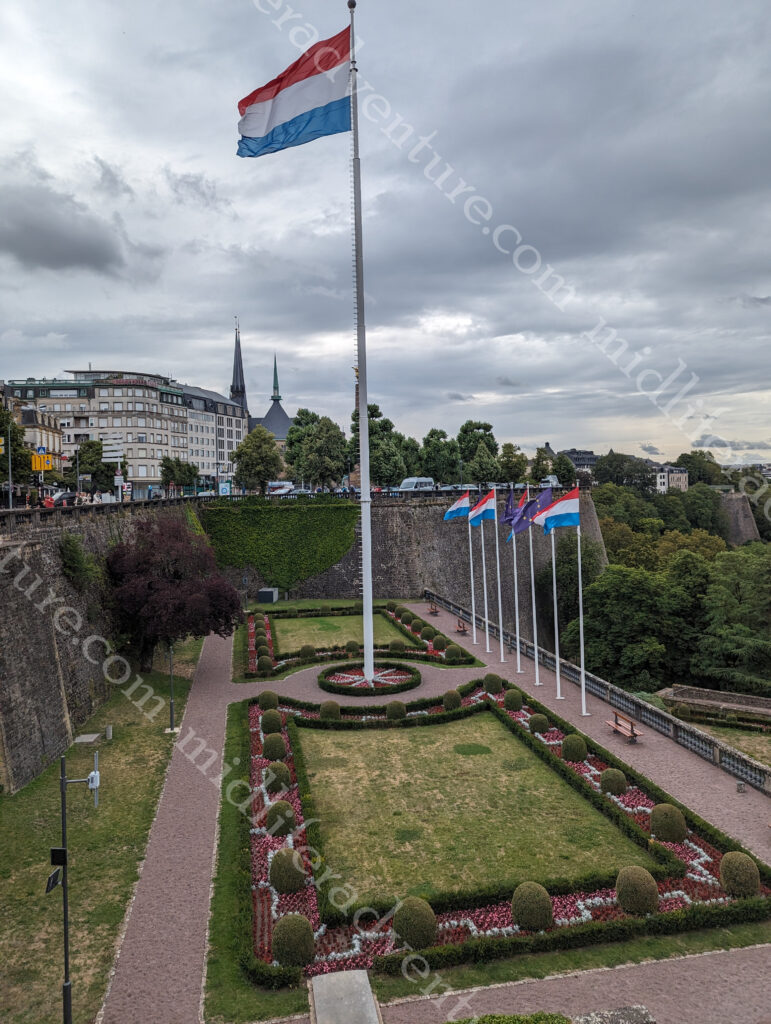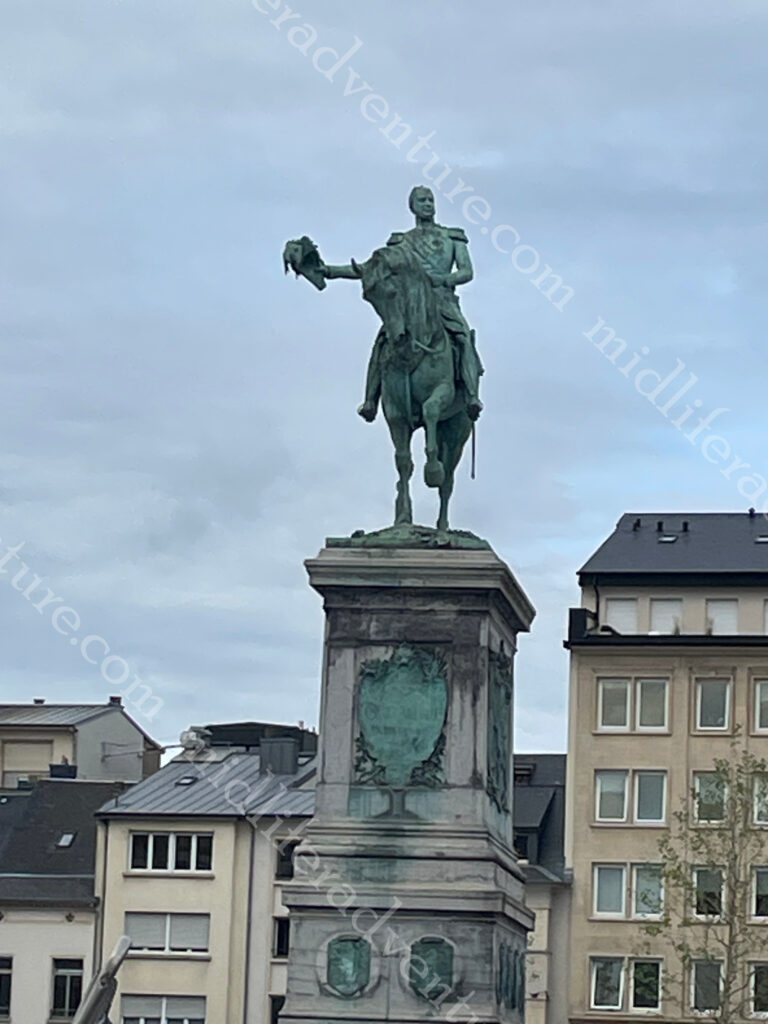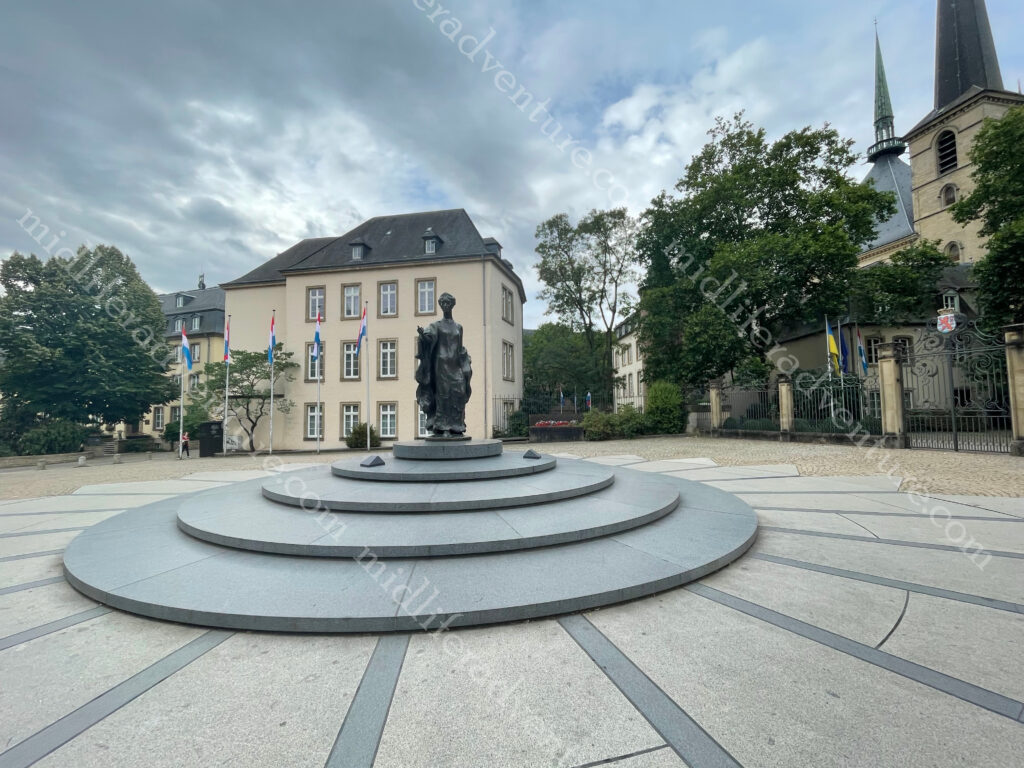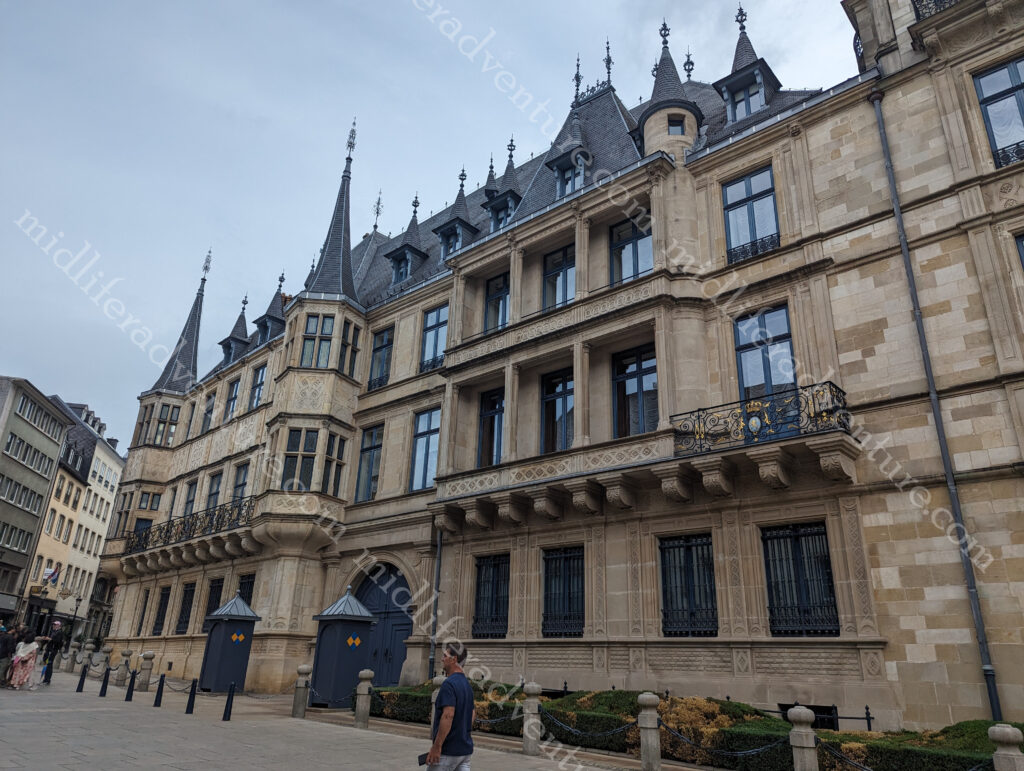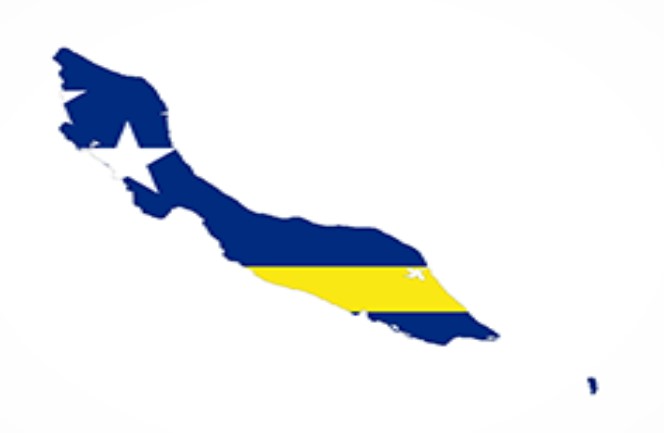
Curaçao is an island nation in the Caribbean (64km long and 16km wide) that is actually a territory of the Netherlands. Curaçao and the neighbouring islands are considered to constitute the southwestern arc of the Lesser Antilles.
The lesser Antilles are usually referred to as the ABC-islands (Aruba, Bonaire & Curacao) as they sit side-by-side (although not alphabetically). Curacao consists of two islands (Cuaracao and Klein Curacao) with the main island having the majority of its 160,000 population. The territory sits about 60 km north of Venezuela and the capital is Willemstad. Unlike Aruba the day before, Willemstad has retained much more of the Dutch characteristics.
The north coast of the island is characterised by a rough coastline with many limestone cliffs, while the southern coast is full of small bays, beaches and inlets.
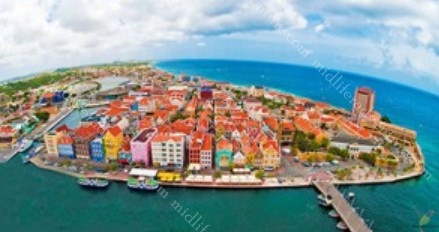
We landed in the capital, Willemstadt and fell back into our usual pattern of getting up early and hitting the tourist highlights.
The first thing that strikes you is the Dutchness of it all. From the clogs on the street to the narrow houses and colourful facades, the place just screams as to its roots.





The Queen Emma Bridge is a pontoon bridge across St. Anna Bay in Curaçao. The bridge sits on pontoons and is hinged at one end, opening regularly to allow vessels through. An operator controls two diesel engines that turn propellers that are mounted perpendicular to the length of the bridge and allow it to swing open.



The bridge was named after Emma of Waldeck and Pyrmont, who was queen consort of the Netherlands during its construction. Due to the importance of the function of the bridge, the people of Curacao have found a good way of overcoming the ubiquitous Love Locks issue.
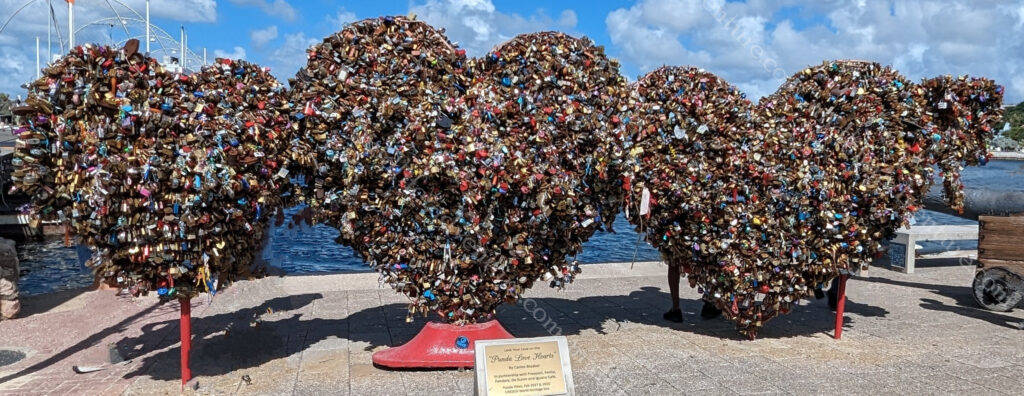
Love Locks are a ridiculous phenomenon that has been making their way around the world for decades. This is where people put a padlock with both people’s names on it and attach it to a local bridge, fence, gate, or monument and throw the key into the water…to symbolise their love.
Originally thought to have begun on the Paris’ Pont des Arts it has now spread globally. The issue is that the combined weight of so many locks compromise the structural integrity of the bridge, which is a risk for the bridge and anyone who walks across it. The practice has been banned in many places for this reason. The people of Curacao have built love heart shaped frames on the banks of the river that keep the heavy locks off the functioning bridge.











The main thing that gets you about Curacao is the brightly coloured narrow houses lining the waterfront. True to their dutch roots it is very reminiscent of the Amsterdam canals. The main heart of town is relatively unremarkable with the usual tourist and jewellery shops dominating. That said, it feels safe, is clean and everybody is very friendly.
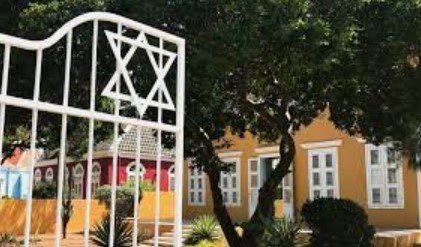
Curaçao is the home of the oldest continuously inhabited Jewish community originally formed in the 1500 by emigrants from Portugal. The Mikvé Israel-Emanuel Synagogue in Willemstad was completed in 1674.
The Chichi is a colourfully painted, vibrant female figure. She represents the eldest daughter of the family, who binds the family together in a loving and caring way. She is a much-appreciated female role model in the Caribbean community of today and a very live part of its colourful heritage.



If you are brave enough to venture beyond the usual tourist blocks you will find yourself in some of the back blocks where the local street art scene tends to kick in.










Curacao was nice. Our ship stayed here overnight which gave us two full days in port which, based on what we saw was probably a little long. But we did not venture out to find or explore some of the beaches. By all accounts the snorkelling and diving around Curacao is amazing and if that is the case then maybe the extra day should have been spent exploring those sort of options.
What was clear to us, was the water. On our second day we did some computer work on the 6th floor of the boat. From up here Jill was still able to get footage of this turtle swimming in the crystal clear waters 6+ floors below.
Curacao Mark II
The second time on Curacao we decided to bum around on the beach so for the post we decided to summarise some of the beaches that are around. The first thing that you must realise is that many of the beaches are private and therefore come at a cost. They have all of the cool things that you would expect if you were paying for the service. But my Australian sensibilities remain offended at the thought of private beaches.
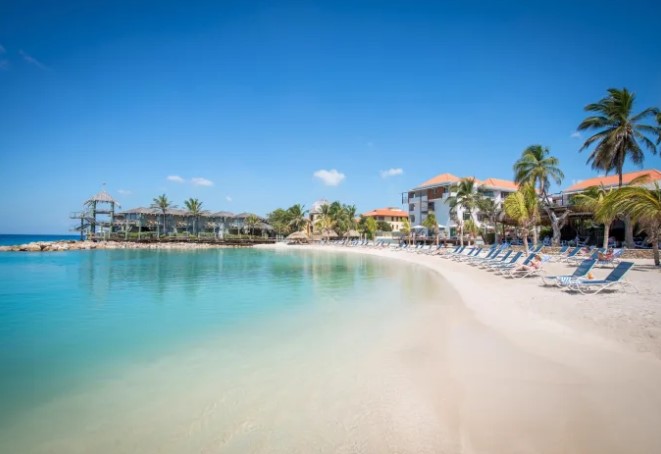
Avila Beach is one of the closest to town but is privately owned. The palm trees offer plenty of shade and parasols and palapas are available (for a price).
Bluebay Beach is the other way from town and for another fee you can avail yourself of the palm trees, lounge chairs, umbrellas, bar, restaurant, water sports center (diving and sea kayaking!), playground, pool, and showers.
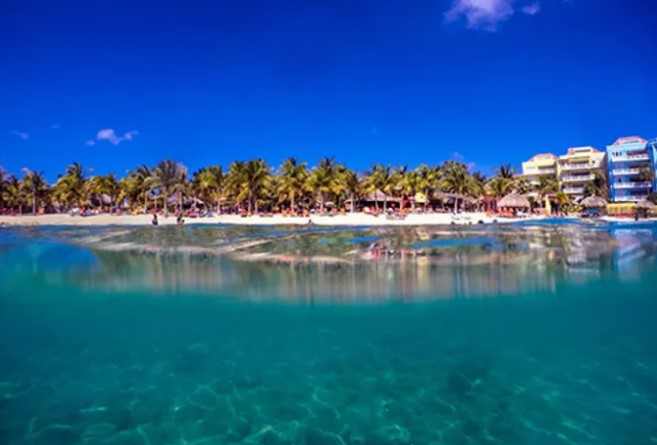
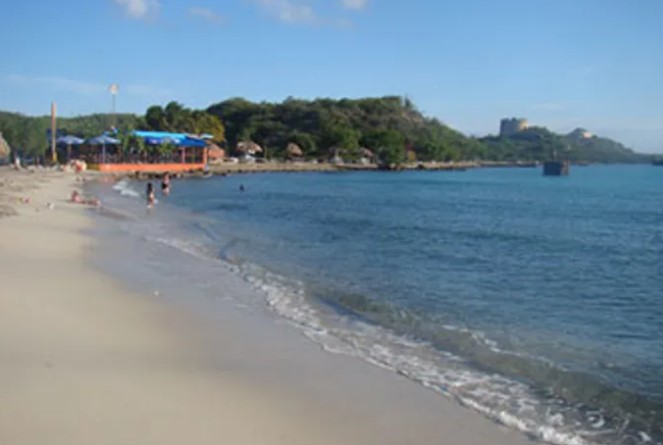
Caracasbaai Beach is not as nice as the first two but it is free. The beach is made of coarse sand and pebbles and is popular for snorkeling and diving because its part of the underwater park.
Daaibooi Beach is again close to town (with a fee), but this beach has good snorkeling along. Pergolas provide shade and there is a snack bar. To the west of the beach, a small trail leads into the countryside.
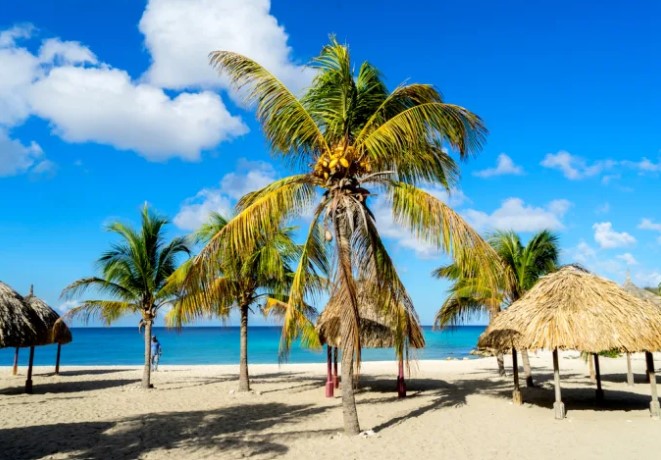
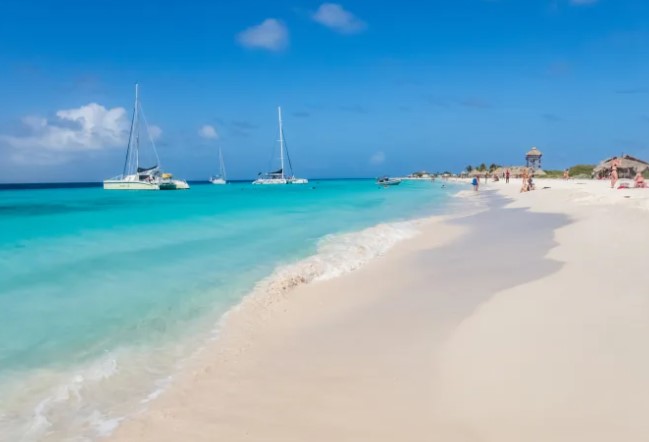
Klein Curacao is another island about 2 hrs away with white sandy beaches and diving. While it is free, you will have to pay for a boat to get there and back.
Mambo Beach is the most popular and most equipped beach on the island. While there are fees here they are reasonable with it only being around $4 for entry with chairs etc extra.
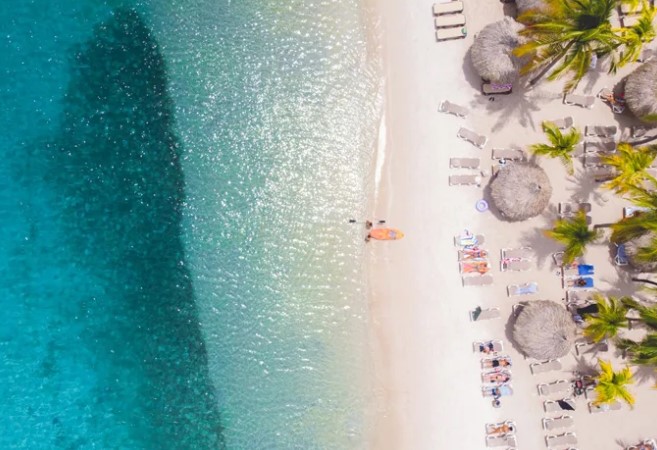
There are many more beaches on the Island but they involve going much further afield and would be best explored with your own vehicle as the public transportation is infrequent and unreliable.

